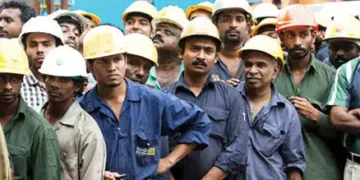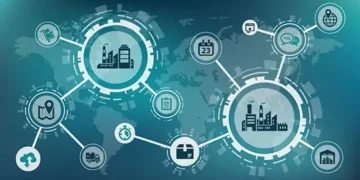 The Industrial Relations Code seeks to strengthen mechanisms for dispute resolution and promote social dialogue. By encouraging negotiation, conciliation, and arbitration before escalation, it creates a more stable industrial relations environment. In addition, simplified rules around trade union recognition and standing orders for larger enterprises are designed to improve transparency and predictability in employer–employee relations.
The Industrial Relations Code seeks to strengthen mechanisms for dispute resolution and promote social dialogue. By encouraging negotiation, conciliation, and arbitration before escalation, it creates a more stable industrial relations environment. In addition, simplified rules around trade union recognition and standing orders for larger enterprises are designed to improve transparency and predictability in employer–employee relations.
For enterprises, especially Micro, Small, and Medium Enterprises (MSMEs), the labour codes mean simpler compliance: standardised definitions, fewer registers, digital filings, and far less ambiguity. India’s Foreign Direct Investment (FDI) inflows touched $83.6 billion in FY 2021- 22 and remained robust at $81 billion in FY 2024-25. This period coincided with several path-breaking reforms enacted by the Government of India, including the enactment of labour reforms. The year financial year 2021-22 saw the highest allocation for capex of around over Rs 13 lakh crore.
Significant reforms
Further, several significant reforms were made to reduce the compliance burden via institutional policy, digital reforms, promoting ease-of-doing business in the country and making India, an attractive investment destination. Reforms in the manufacturing sector, strengthening the semiconductor industry, coal sector energy, and mineral sector in the same period further contributed to strengthening the country’s positioning in the globally competitive market in the same period.
Yet, passing laws is only half the journey. Labour is a Concurrent List subject, meaning both the Centre and States must frame and notify rules for implementation. While most states have prepared draft rules under the four Codes, the pace of final notifications remains uneven. For the vision of ‘One Nation, One Labour Law Framework’ to materialise, it is essential that the Centre and all states move quickly toward operationalisation.
A few priorities
To make the transition effective, a few priorities stand out. First, operationalise unorganised workers’ coverage. Notify contribution rates for aggregators, establish transparent enrolment and benefit-delivery systems, and create public dashboards to ensure accountability. International models, such as Singapore’s Central Provident Fund (CPF) for platform workers, can offer valuable lessons. Second, turn digital infrastructure into real entitlements. Link e-Shram, EPFO, and ESIC databases so that benefits follow workers wherever they go. Aadhaar should be used for portability, not exclusion.
Third, build awareness and capacity. MSMEs need help-desks and simplified guides to understand the Codes; workers need multilingual helplines and on-ground support. Joint outreach by Government, industry bodies and unions can ensure rights on paper translate into benefits in hand.
Trust is the core
At its core, this reform is about trust – that work will be safe and fairly paid; that social security will follow the worker; and that compliance will be simple enough for all to participate. The Government deserves appreciation for building this architecture. If we now implement with speed, transparency and collaboration, the Codes can anchor India’s next growth chapter – competitiveness for business, dignified work for workers, and predictable business environment for investors. India’s Labour Codes can anchor the nation’s next growth chapter – competitiveness for business, dignified work for workers, and predictable environment for investors. That is the essence of a Viksit Bharat – growth with inclusion, and prosperity that reaches every worker
































